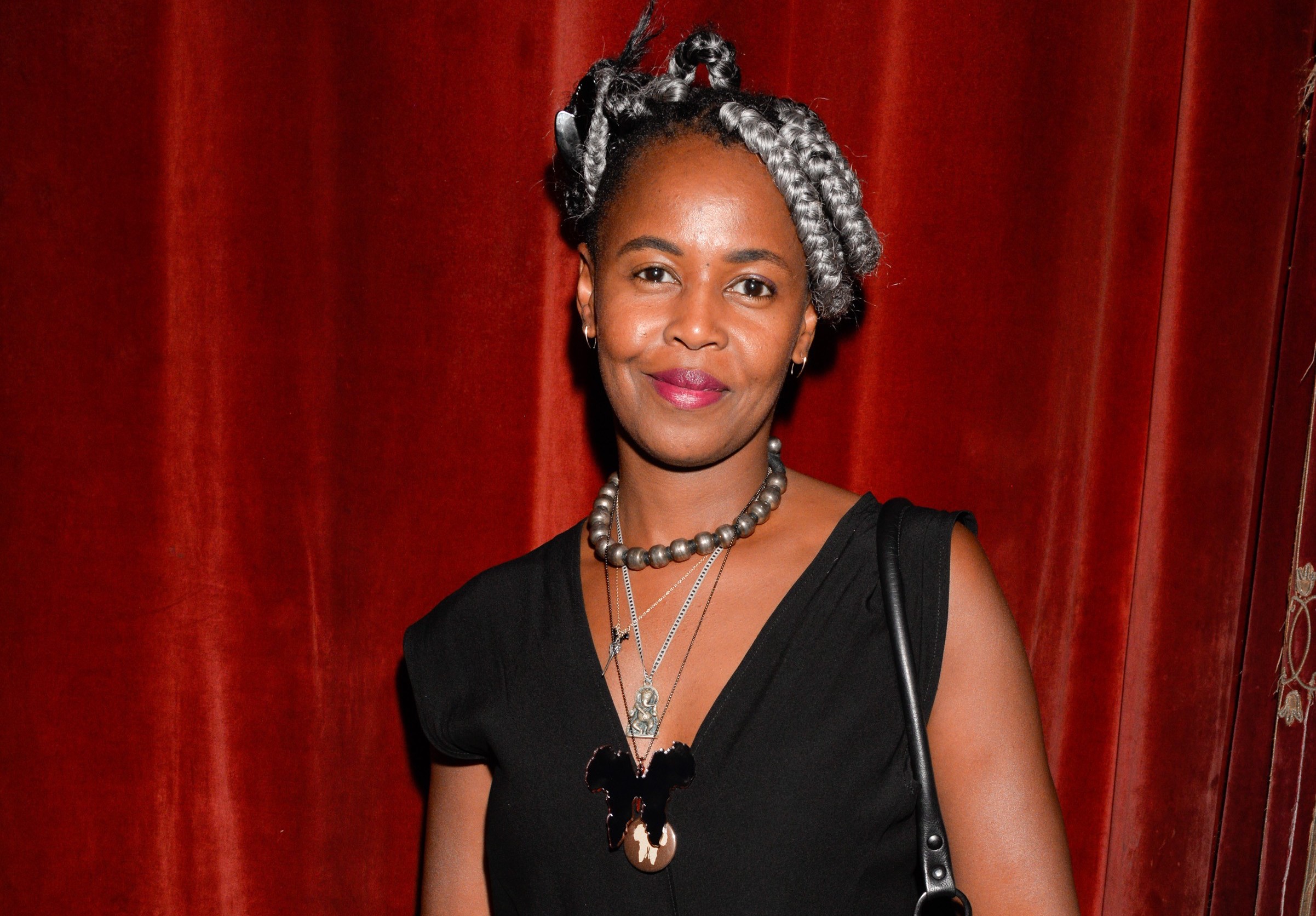
A recent report in the Financial Times predicting that the Kenyan art market is on the cusp of a boom is overstated, according to data from artnet’s Price Database.
The article reported that the gradual cultural liberalization under president Mwai Kibaki in the 2000s provoked a generation of artists to tackle more controversial and challenging subjects—both in terms of content and style, encouraging collectors’ interest.
Additionally, an annual auction of east African art at the Circle Art Agency in Nairobi is reportedly fostering a market for East African art.
However, the data indicates that the Kenyan art market—which is already tiny—is in fact shrinking. Since 2005, the total volume of sales of Kenyan artists at auction has totaled only $33.9 million. Without the sales of international star artist Wangechi Mutu, that figure drops to $7.6 million.
The market peaked in 2007, at a total auction sales volume of $6.8 million. Without the sales of Mutu, that figure falls to a peak of $1.7 million, achieved in 2012.
Despite Nairobi’s rich cultural scene, the Kenyan art market has some catching up to do. Photo: Wikimedia Commons.
Since 2012, when auction sales for Kenyan artists totaled $4.3 million, the market has steadily contracted, achieving $1.7 million in 2013, $3.2 million in 2014, and $1.7 million in 2015. Halfway through 2016, the market for Kenyan artists had totaled only $465,000.
Additionally, the number of Kenyan artists trading at auction is also very small, pointing towards a serious lack of diversity in the market. In 2007, when the market peaked at $6.8 million, those numbers were achieved by the cumulative sales of only four artists: Mutu ($5.4 million), Magdalene Odundo ($1 million), Simon Combes ($259,200), and Robert Glen ($92,802). Nine years later, two of the three artists with auction sales in 2016 are the same, Mutu and Odundo—Paul Onditi is the third.
However, as Giles Peppiatt, an African art expert at Bonham’s, pointed out to the FT, “Just because they are not fetching £100,000 a picture does not mean they are lesser. The trouble is, everyone expects everything to follow the trajectory of Chinese contemporary art. The market has cooled distinctly since those days.”
That is certainly true, but in terms of the market, Kenya still has a lot of catching up to do if it is to become a player in the African continent.